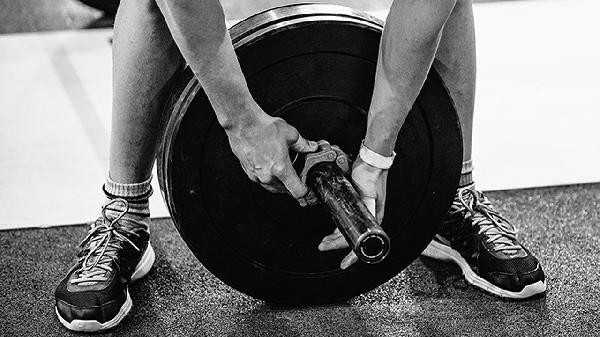Fitness enthusiasts usually do not recommend eating fried chicken, but it is not absolutely prohibited, and occasional small consumption has little impact. The high calorie and high-fat characteristics of fried chicken conflict with fitness goals, which may affect the effect of muscle gain and fat loss. After high-temperature frying, the fat content of fried chicken increases significantly, and a single piece of fried chicken leg may have over 300 calories, equivalent to the energy consumption of half an hour of jogging. During fitness, it is necessary to strictly control calorie surplus, as excessive intake can lead to fat accumulation. The trans fatty acids produced during the frying process may interfere with muscle synthesis and metabolism, affecting the recovery effect after training. The high glycemic index of the outer layer batter may also cause blood sugar fluctuations and increase the risk of overeating. Some fitness enthusiasts may choose a small amount of fried chicken as a psychological adjustment when using deceptive meal strategies. During the brief window opening period after high-intensity strength training, a small amount of chicken breast area with high protein content can be given priority consideration. But it is necessary to balance nutrition with a large amount of vegetables and control the total calorie intake throughout the day to not exceed the standard. People with metabolic disorders or a plateau period of weight loss should still strictly avoid it.

Fitness dietary recommendations mainly focus on low-fat cooking methods such as steaming and baking, and prioritize high-quality protein sources such as chicken breast and fish meat. If you occasionally consume fried chicken, you can remove the outer skin to reduce oil intake, and pair it with a balanced diet of green leafy vegetables and whole grains. On the premise of maintaining regular training, moderate intake no more than once a month usually does not have a decisive impact on fitness results, but it needs to be dynamically adjusted according to individual body fat percentage and training intensity.








Comments (0)
Leave a Comment
No comments yet
Be the first to share your thoughts!